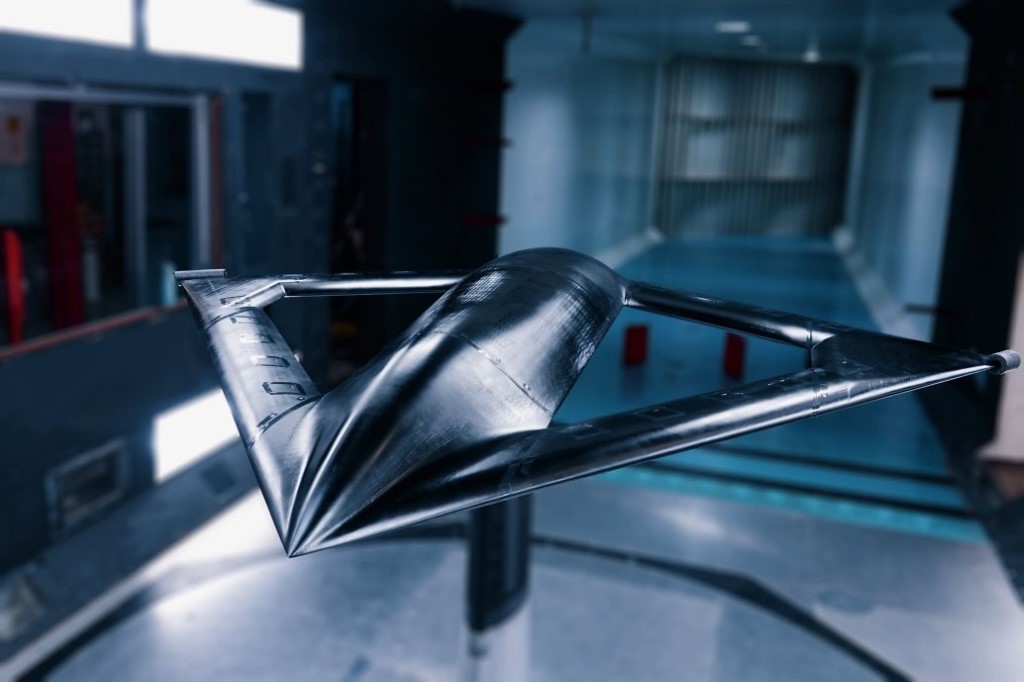DARPA enters next phase of active flow control X-plane project
Multiple companies have been selected to continue DARPA's X-plane project to demonstrate the advanced capabilities of active flow control (AFC).
The Control of Revolutionary Aircraft with Novel Effectors (CRANE) programme will use AFC, which alters the aircraft's aerodynamic flow field to add energy or momentum to the flow of air over the aircraft.

Effectors and actuators are usually the enabling technologies of active flow control. Effectors and actuators are typically light weight, have no moving parts, and are energy-efficient.
The CRANE project excludes large external moving parts like rudders, flaps and trim surfaces, removing mechanical vectoring of engine jet exhaust, or other conventional moving aerodynamic control devices.
DARPA has selected Aurora Flight Sciences and Lockheed Martin to enter Phase 1, which includes system requirements development, initial design work, software development, and initial airworthiness activities that culminate in a preliminary design review.
“The Phase 1 researchers have completed conceptual designs of novel flight demonstration configurations with quantifiable performance benefits enabled by active flow control (AFC),” said Alexander Walan, programme manager for CRANE in DARPA’s Tactical Technology Office. “Multiple AFC technologies will continue to be matured through advanced analytical and testing activities for incorporation in relevant demonstrator designs.”
One of the primary objectives of the previous phase, named Phase 0, was the development and maturation of AFC design software and databases for inclusion in future aircraft development activities.
Georgia Tech Research Corporation’s Phase 0 effort has been extended to allow further refinement of these tools for transition to relevant military and government partners.
“In addition to its role in upcoming flight test activities, AFC design software is a critical piece for the inclusion of AFC technologies in future defense and commercial aircraft designs,” said Walan. “The CRANE programme is in a unique position to provide a comprehensive AFC database and the associated tools to future aircraft designers. The continuation of Georgia Tech Research Corporation’s work in this area will ensure this valuable capability is successfully transitioned to the aircraft design community.”
DARPA has also selected another performer, BAE Systems, to initiate a Phase 0 conceptual design activity. Phase 0 is focused on AFC trade space exploration and risk reduction activities to inform this work.
Under the recent Phase 0 award, BAE Systems will evaluate the benefits of using AFC integrated into different air vehicle concepts leading to a conceptual design review.
“All of the CRANE performers are exploring unique configurations and performance objectives; this additional performer adds to the diverse concepts and technologies being matured by the CRANE program,” said Walan.













